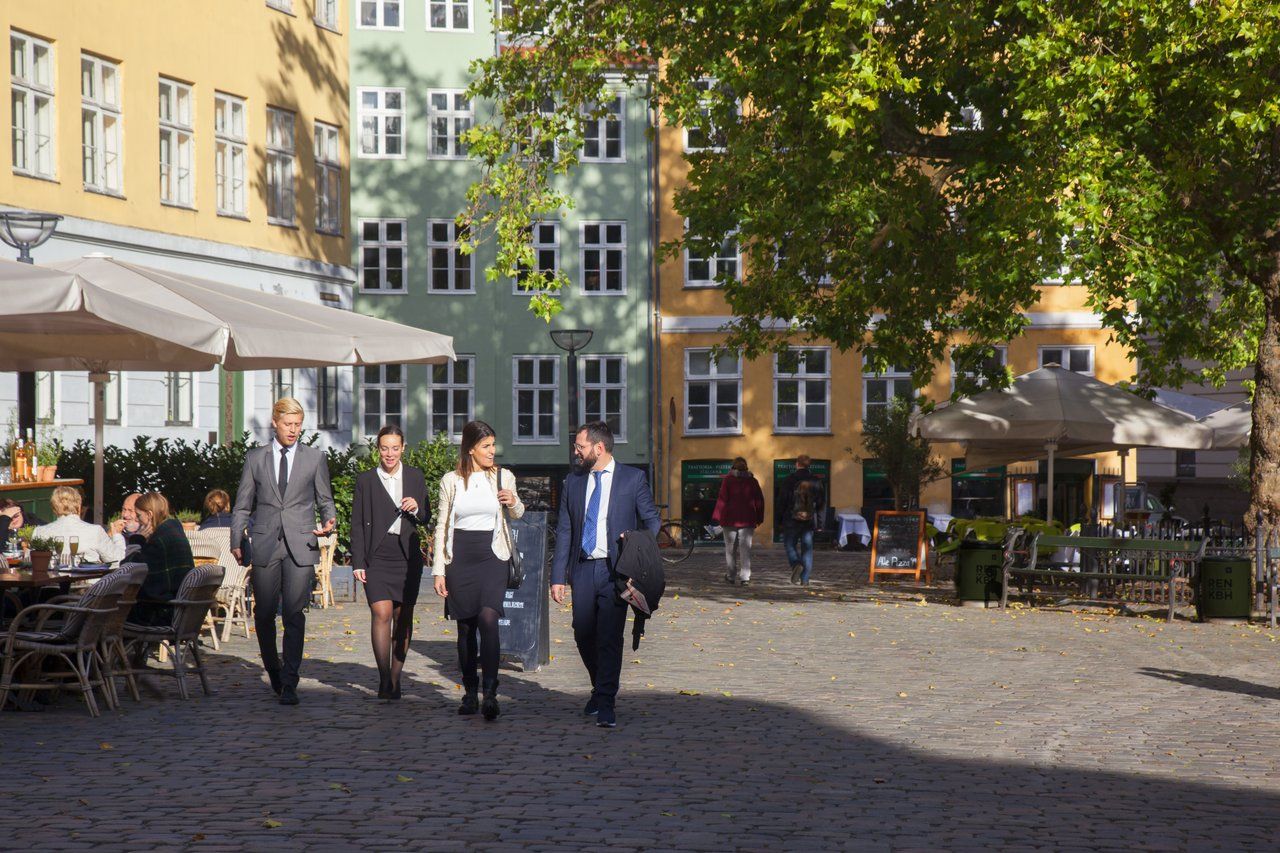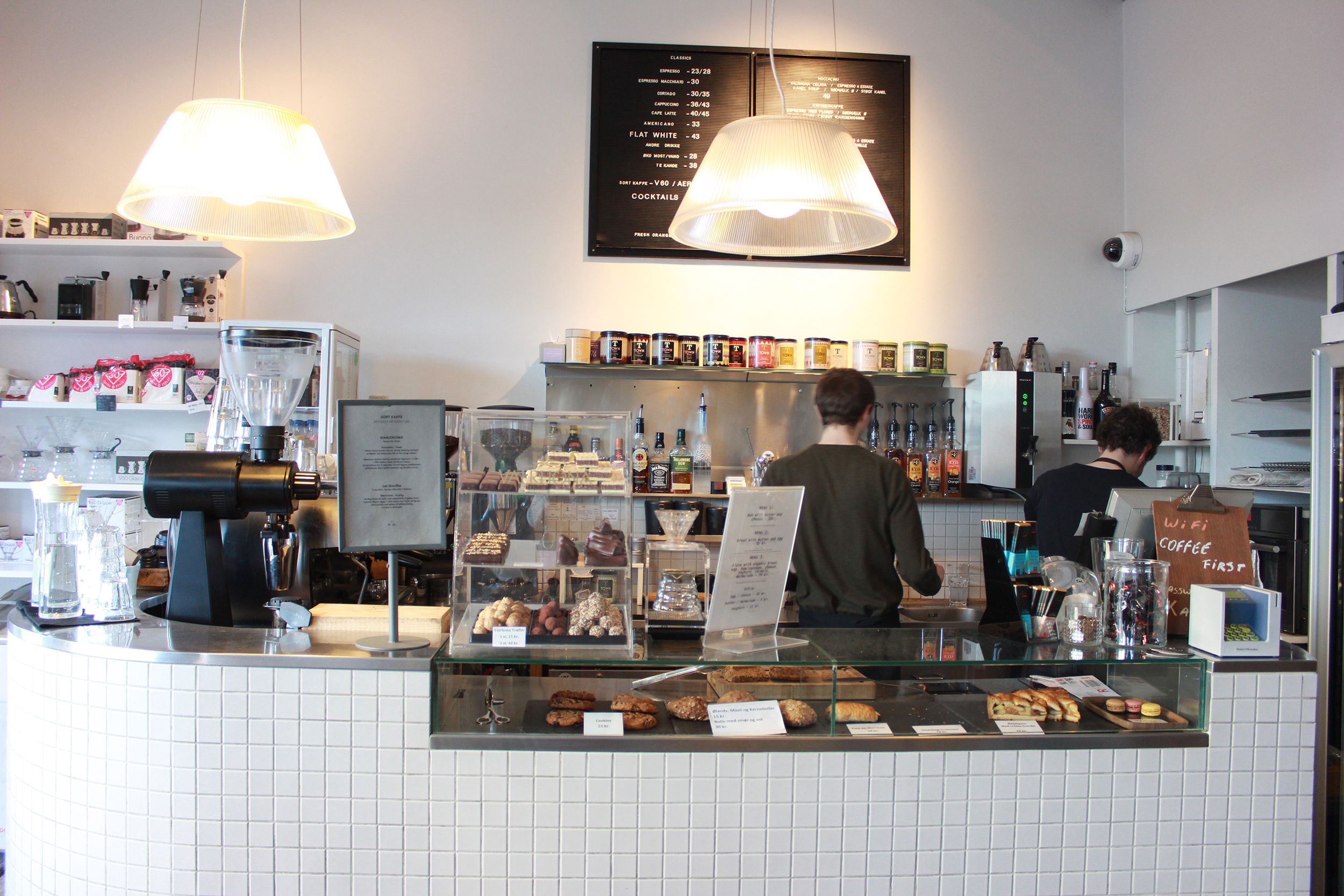If you want to look like a real gang member, you need to get a tattoo snaking up along your neck, a symbol in your face or have D-A-R-K S-I-D-E spelled on your knuckles, but tattoos on the neck, face and hands have actually been illegal in Denmark since 1966.
Nevertheless, tattoo artists get more and more enquiries from people who want their unreachable spots tattooed, DR Syd reports after interviewing15 tattoo artists in southern Jutland.
Laws will change
Seven of the tattoo shops are asked weekly, while one said that he had customers coming in daily asking for illegal tattoos.
At Hey Joe's Tattoo in Vejen, owner Henning Joe Jensen told DR Syd that he believes the law is going to be changed.
"I think the tendency means that we have to change the rules in a few years and leave people to sink or swim," he said.














